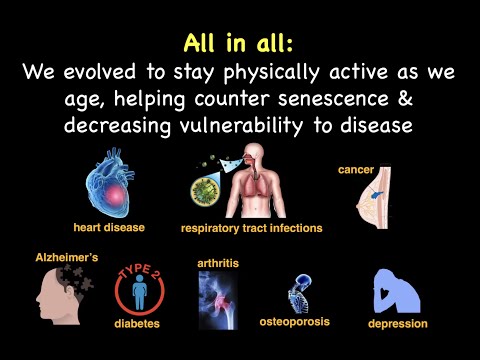Description:
Explore the evolutionary basis for human physical activity and its impact on health in this comprehensive lecture by Daniel Lieberman from Harvard University. Delve into the Active Grandparents Hypothesis, examining how humans were selected to be more physically active than other apes throughout their unusually long lifespans. Discover how physical activity-induced stresses promoted selection for energy allocation towards repair and maintenance processes, slowing senescence and reducing vulnerability to chronic diseases. Investigate the relationship between extended human health spans, lifespans, and habitual physical activity. Learn about the evolutionary anthropological perspective on exercise and its potential to encourage more people to engage in physical activity. Gain insights into topics such as evolutionary biology, bipedalism, energy expenditures, the agricultural revolution, and the concept of selective shadow. Understand the importance of intergenerational transfers and heritability in shaping human health spans.
Read more

The Active Grandparents Hypothesis
Add to list